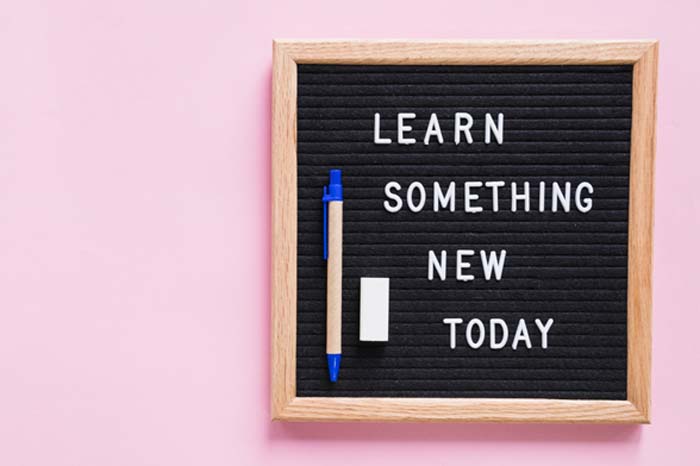Managing a classroom with kids is never easy for a teacher, especially if they are kindergarteners. The norms of socialization are just sinking into kids at this young age, and it’s only natural that a group of unruly kids can unsettle a teacher in a matter of minutes.
That’s where classroom management comes in. No matter how well-equipped and experienced the teacher might be, they could surely use some help dealing with the volatility of a kindergarten classroom.
Here are 11 Classroom Management Tips for Preschool Teachers
Ready to take a look at how you can bring order to a classroom otherwise in a near-constant state of chaos?
1. Setting the Right ‘Tone’
What preschool teachers need to remember is that toddlers are highly receptive to the language being used around them. You want to give them a direct answer if they ask you a question. Using a stern tone to articulate why they shouldn’t have been rude to another child is okay. If necessary, repeat the message; they might not get it the first time.
2. Focus on Creating An Integrated Learning Environment
Elizabeth Malson, President of the Amslee Institute, says there needs to be a focus on creating a space conducive to a child’s visual, auditory, and emotional development. She says that children need support in these key areas as they grow. Here’s where integrated learning environments come in. Essentially, they entail individual learning centres or stations, allowing children to play and explore safely. For instance, a literary corner with some books they cherish. Or perhaps a block or building centre. Classroom management at its best!
3. Showing A Genuine Sense of Interest
Classroom management techniques needn’t be complicated. Sometimes all it takes is showing kids you genuinely care. For instance, make it a point to greet them whenever you meet them. This shows you truly respect and value their presence, and it works wonders in building their self-esteem, apart from respect and trust. In this way, they will truly imbibe what you teach them.
4. Inculcate that Sense of Routine
Establishing a sense of routine is easier said than done. Classroom management is effective when a sense of routine is firmly in place. What’s one of the better ways to do this? Write the day’s schedule on the blackboard, or perhaps draw pictures to represent the activities to be undertaken. That can help kids anticipate that sense of routine and help them foster an innate sense of responsibility to follow it.
5. Practice What You Preach
The preschool classroom is full of impressionable minds. Minds that will take notice of everything you say and do. If you have told the children to be nice to the cleaning lady and you are not so nice to them, it will tarnish their impression of you, and in turn, they will not be all that respectful to you.
6. Make Those Transitions Easier
Effective classroom management entails a smooth transition between activities. It can be helpful to have children count down from 10 to 1 when moving from one activity to the next. That being said, ensure a sound activity plan for the day, with no gaps in between. Idle time makes for cranky kids!
7. Set Clear Expectations
Classroom management tips like this one are essential. At the very outset, you have to set clear expectations regarding things like the model behavior expected of the children in your classroom. So, right from the very first day at preschool, put down that list of rules that will enable them to see what is allowed in the classroom and what’s not.
8. Create An Atmosphere of Warmth and Comfort
If the children in your classroom are upset, you need to be more gentle in your voice and reassure them by telling them they are not alone. Work towards comforting them; sometimes, it takes a tender hug to console those troubled minds. Each child is different, and you might never quite know what is truly troubling them until you treat them with warmth and love. They might open up completely to you if you do. Classroom management tools include love, too.
9. Keep them Engaged Vis A Vis Lesson Plans
Preschool teachers can help keep children engaged by giving them an outline of their upcoming lesson plans. Another great thing teachers can do here is to provide a fun spin to the topic that will be discussed to keep it light and keep those young minds in eager anticipation of the lesson. Their minds are duly engaged. You won’t have to worry too much about them misbehaving in the classroom.
10. Ensure the Room is Organized Strategically
What’s one of the best ways to declutter cluttered minds? Remove the clutter in the room! According to Adam Cole, co-director at Grant Park Academy, if the boundaries of each space are clear, it facilitates the relationships in the room. So, what spaces are we talking about here, exactly? Those are allocated for activities like reading, timeout, play, and food. This classroom management technique helps create a vital structure that helps build a sense of focus in children.
11. Enjoy Yourself
You heard that right! When you love what you’re doing, that sense of joy rubs off on the people around you. In this case, the children in your classroom. If they see you’re having a good time, there’s no reason why they shouldn’t have fun, too!
The faces of kindergarten kids are not always happy and shining. Sometimes, it can take a lot to appease them, and you might find, as a teacher, your nerves getting frayed in the process. Using the 11 invaluable tips outlined here, you will find that classroom management isn’t all as difficult as it seems.
Visit EuroKids for more engaging blogs.















